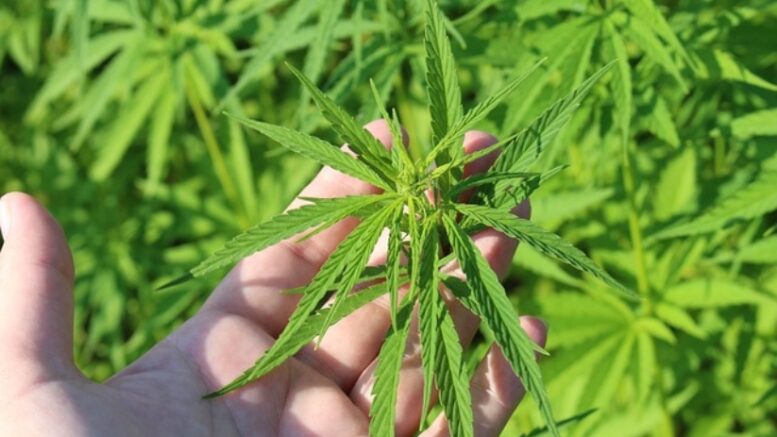The process of cannabis from plant to product starts with the methodical extraction of beneficial compounds found in the cannabis plant, namely, cannabinoids like THC (tetrahydrocannabinol) and CBD (cannabidiol), terpenes, and flavonoids. This extraction is no ordinary task—it is a complex operation that requires expertise and understanding to produce a safe, effective, and high-quality product.
Cannabis extraction serves as the bridge between the raw, natural form of the plant and the myriad of products we see in the market today, from oils and tinctures to edibles and topicals. It’s not just about concentrating the plant’s potent compounds, but also about purifying and refining the extract, to ensure it’s free from unwanted elements, like chlorophyll and potential contaminants. This process directly impacts the product’s quality, its effects on consumers, and overall market acceptance.
This article reflects the historical roots of Cannabis extraction, from the basic principles to the various extraction techniques and what they produce. The intent is to provide an understanding of how the process of extraction shapes the cannabis products you know and use.
The Cannabis Plant
The plant is a diverse compound repository, comprising various cannabinoids, terpenes, and flavonoids that interact synergistically in what’s known as the ‘entourage effect.’ Among these compounds, the most famous are the cannabinoids – THC, known for its psychoactive effects, and CBD, recognized for its therapeutic properties. However, these are just two of the over a hundred cannabinoids present in cannabis. There are countless different strains to choose from and cannabinoids, like delta 8 and delta 9, induce varying beneficial effects that individualize the experience per the consumer. Other compounds include terpenes, which provide the unique aroma and flavor profiles to different cannabis strains, and flavonoids, responsible for the plant’s vibrant color palette and contributing to its therapeutic qualities.
Extraction From the Plant
Once the plants are mature, they are carefully cut, and the desirable parts—typically the flowers—are collected. These collected parts are then dried and cured, a process that involves carefully controlling the environment to dry the plant material and allow for the degradation of unwanted chlorophyll and other plant metabolites. After curing, the plant material is ready for extraction. The extraction method chosen—be it solvent-based, solventless, or other techniques—will dictate the subsequent steps. But in general, the process involves applying the chosen method to separate the valuable cannabinoids, terpenes, and flavonoids from the plant material. This can involve physical separation, the use of solvents, or other extraction mediums to ‘pull’ these compounds out of the plant. Once extracted, the resulting mixture is then further refined to remove any residual plant matter or extraction solvents, leaving behind a concentrated form of the desirable cannabis compounds.
Extracting cannabinoids like delta 8 from the cannabis plant begins with the extraction of raw plant material using methods such as CO2 or ethanol extraction, resulting in a crude cannabis extract that contains a full spectrum of cannabinoids, including both delta 9-THC and CBD. Because the delta 8-THC content in most cannabis strains is relatively low, chemists typically use a process called isomerization to increase its concentration. This process involves converting other cannabinoids, usually delta 9-THC or CBD, into delta 8-THC through a series of chemical reactions involving heat, catalysts, and solvent. This pure extract can then be used to infuse a wide range of products, such as vape oils, tinctures, edibles, or capsules, providing consumers with various options to enjoy the benefits of this cannabinoid.
Cannabis Extraction
Cannabis extraction is the process of isolating desirable compounds such as cannabinoids, terpenes, and flavonoids from the cannabis plant’s matrix. It involves separating these compounds from the plant matter, purifying them, and finally, concentrating them into a consumable form. These compounds are found in the plant’s trichomes, tiny, crystal-like structures on the cannabis plant’s flowers and leaves. The goal of extraction is to collect these trichomes or the compounds within them while leaving behind as much of the non-usable plant matter as possible.
The necessity for extraction stems from the need to create potent, clean, and versatile cannabis products. The extraction process, often paired with decarboxylation, transforms these compounds into their active forms, making them readily usable by the body. The extraction allows for the production of a wide range of cannabis products, including oils, tinctures, edibles, vapes, and concentrates like shatter, wax, and rosin. Each product offers a unique consumption method, potency level, and user experience, catering to the varied needs and preferences of consumers.
Extraction to Production
The purified delta 8 extract is typically mixed with a carrier oil to make tinctures or vape oils. Tinctures are created by diluting the concentrate in a carrier oil such as MCT oil or hemp seed oil and are consumed sublingually (under the tongue), allowing for quick absorption into the bloodstream. Vape oils are designed for inhalation using a vaporizer device, providing a rapid onset of effects.
For edible products like gummies, chocolates, or baked goods, the delta 8 extract is incorporated into the food items during their preparation. Given that delta 8 is fat-soluble, it is often mixed with fats or oils in the recipe to ensure a proper infusion. Capsules, another popular product, involve encasing the delta 8 extract, typically suspended in a carrier oil, in a small, easy-to-swallow casing.
Topical products like creams, balms, or lotions are created by mixing the extract into a base of oils, waxes, and other skincare ingredients. These products allow for localized application to the skin, targeting specific areas for relief.
Conclusion
The extraction process plays an integral role in shaping the cannabis industry, influencing not just the potency, but also the versatility, and overall quality of the end product. An understanding of these extraction techniques allows for an appreciation of the science behind the products that are so highly consumed, providing the public with a foundation to make informed decisions about cannabis use.
